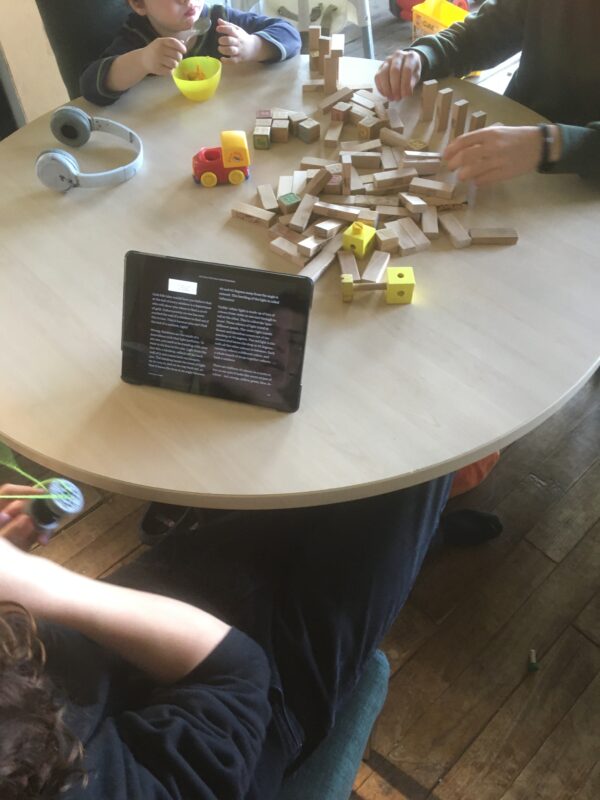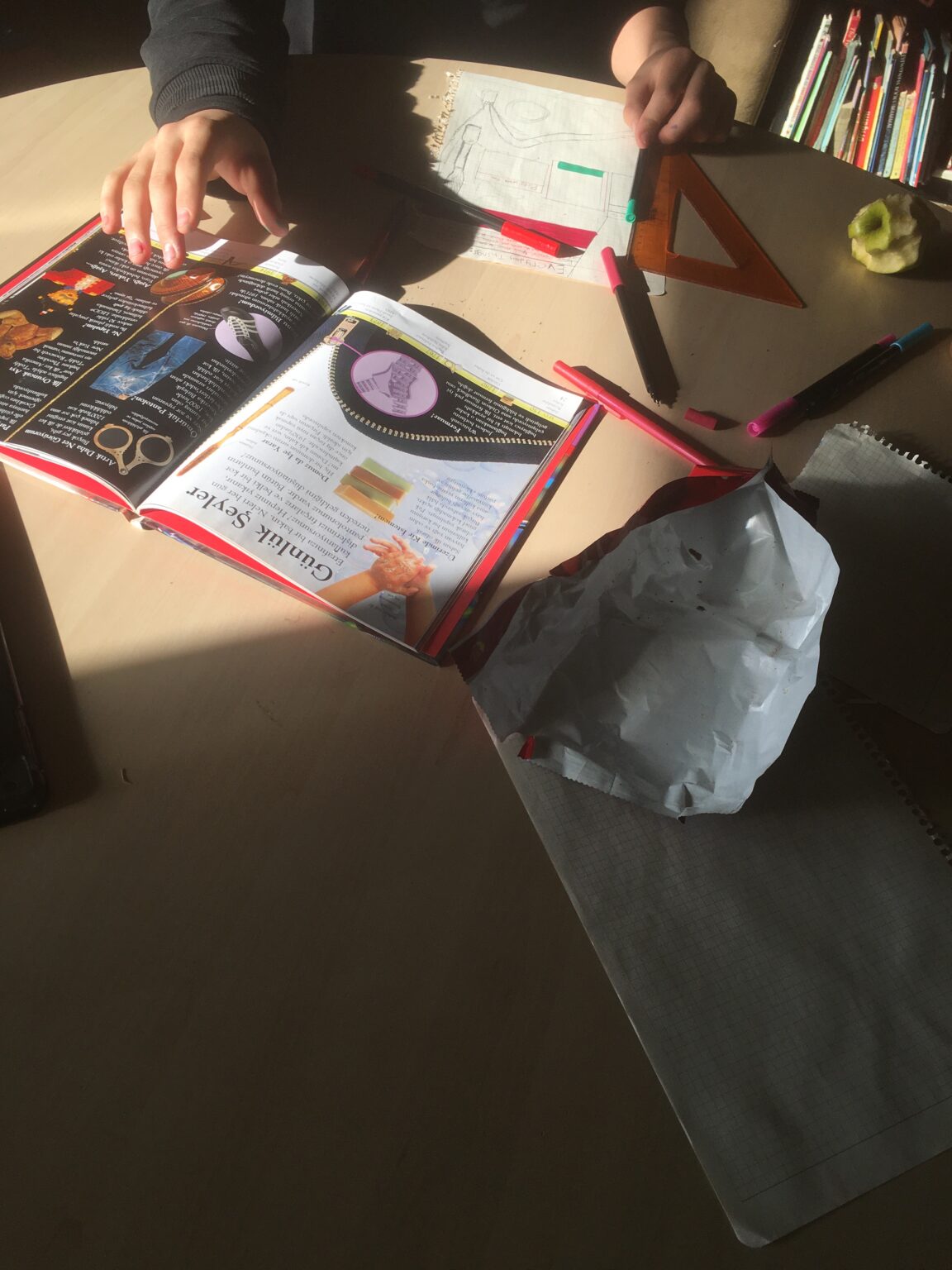Regularly reading aloud is an effective study tool to include on a homeschool timetable. Through reading aloud, students develop their vocabulary, improve language fluency and, through the content of the book/article, learn about a range of topics/issues. Although reading aloud is a lesson in reading, it is also a passive learning environment in which to introduce topics from a range of subjects.
How to Make Reading Aloud Work at Home
There are many ways to include reading aloud in a homeschool day. You could:
- start/end the day reading together, using the reading time to ease homeschoolers in or out of the school-at-home zone
- ask homeschoolers to read aloud while you (eg.) prepare lunch
- or schedule reading-aloud as a timetabled lesson
Tips for Scheduling Reading as a Lesson
Scheduling reading aloud on a homeschool timetable doesn’t mean having to read one specific book, cover-to-cover. Reading aloud timetable lessons could mean using a novel one day, a magazine article another, and a non-fiction text the next.
Involve home learners in choosing what to read!
If they’re interested in the book, they’re already engaged; if they’ve found the article, they are interested. Encourage homeschoolers to make book lists, save articles, offer ideas of topics/issues/concepts they’d like to learn more about and use reading-aloud time to follow those interests.
Set out the rules first
Eg. Everybody takes it in turns to read a page or chapter and we will read for 20 mins/1 hour etc.
Allow accents!
Encourage learners to have fun when they’re reading. Think of reading aloud time as a way for them to express themselves.
Offer quiet activities to keep hands occupied while listening.
In our homeschool, combining reading-aloud with another quiet-time activity makes lessons run much smoother. The child who struggles to sit still is able to move in a way that doesn’t distract his sibling-classmates, and our pre-schooler is able to join in; the activity becomes his active learning tasks (scissor skills/colouring/motor-skills craft etc), with the reading providing a passive-learning environment for him.

E-book + snacks + blocks + yo-yo
Reading is key to learning. Ensuring children read aloud regularly, encouraging them to read independently for pleasure and teaching them how to learn knowledge from books will set them up with the skills they need to become confident independent learners.
N.B If your home learner struggles with reading, that’s ok! You can still have a read-aloud time that’s enjoyable for them. Ask them just to read a few sentences, while you read the bulk of the text or listen to an audiobook and follow along with the text. The purpose of the activity is to encourage children to read not put them off reading altogether. Keep going with short reading times, encouraging the learner without putting pressure on them. Comic books/graphic novels can be a good gateway medium for reluctant/struggling readers.


